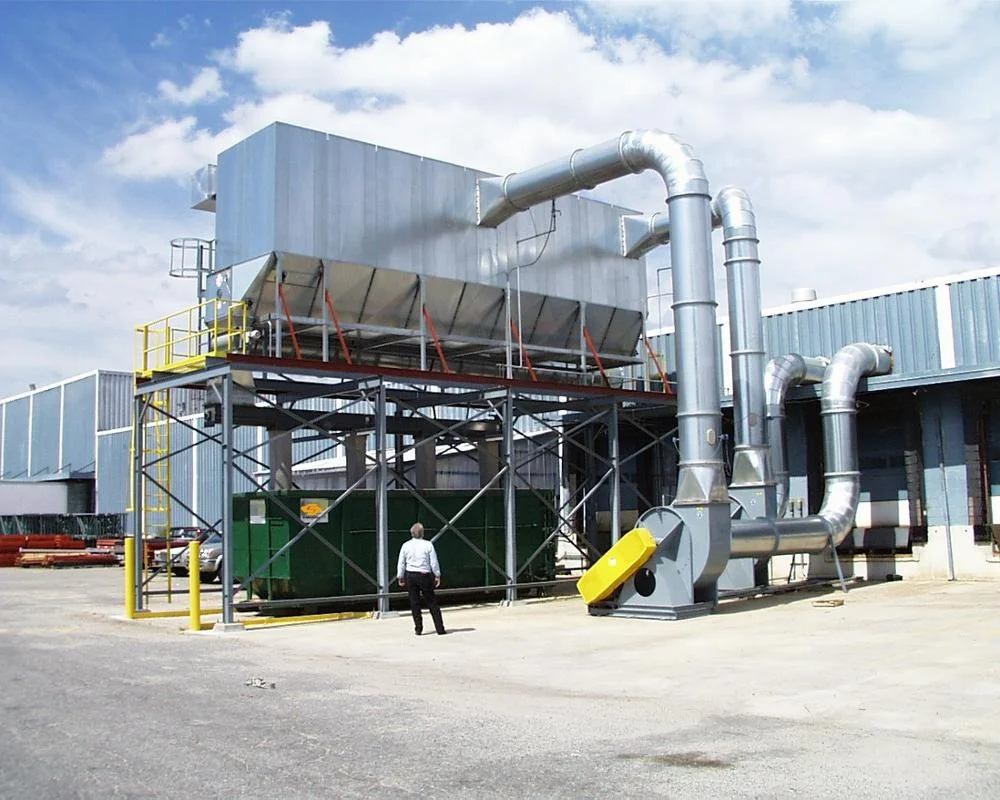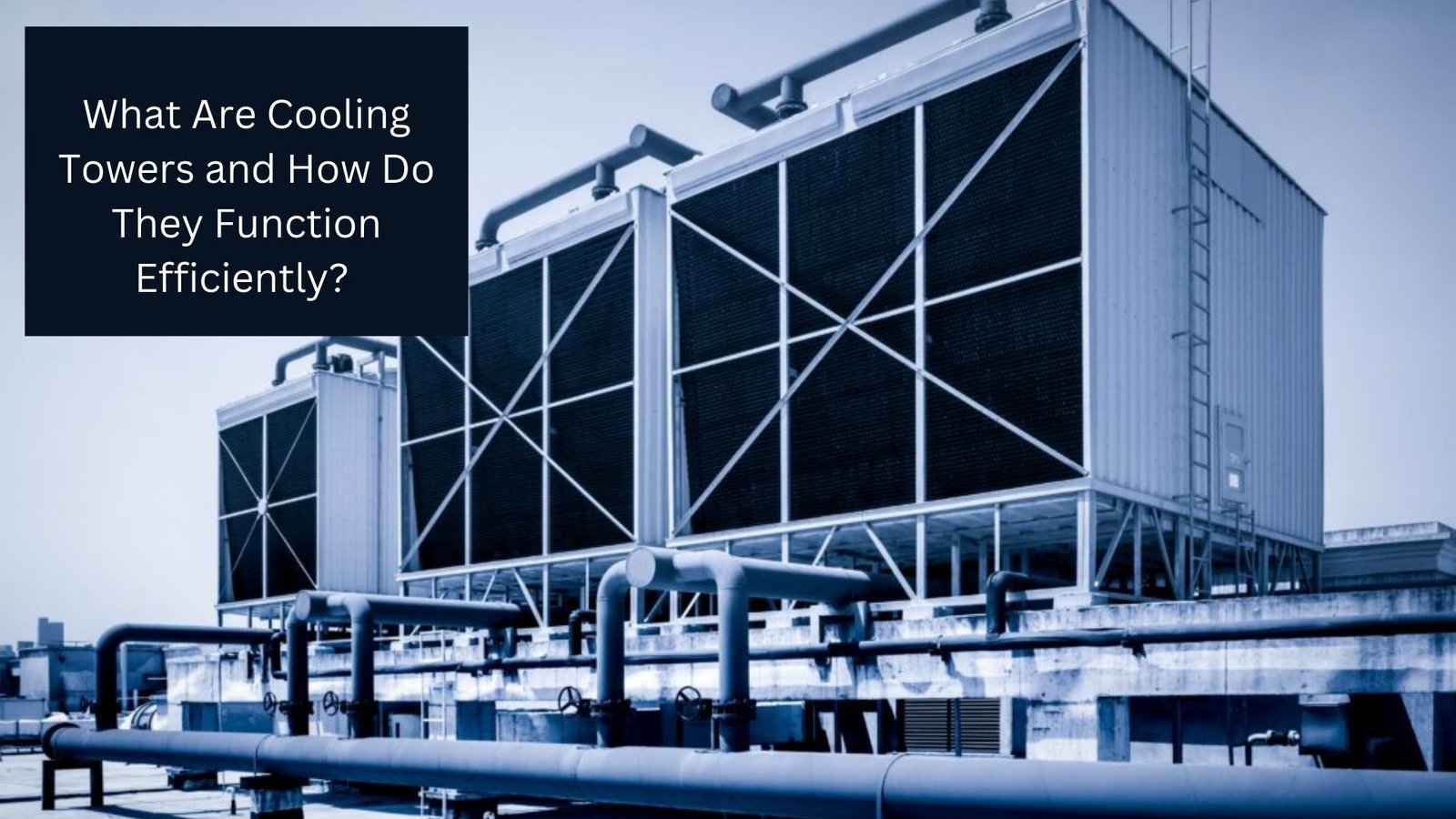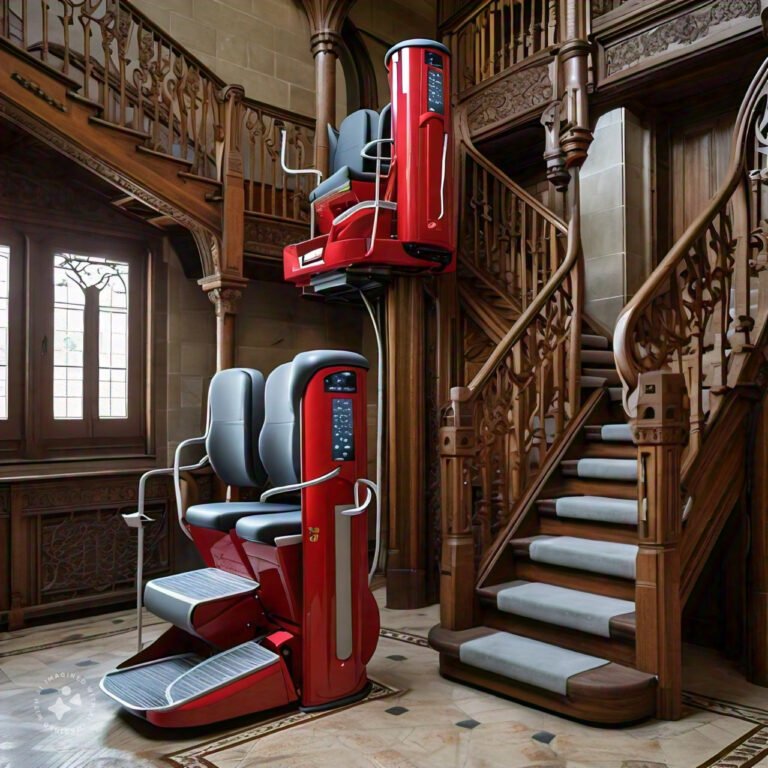What Are Cooling Towers and How Do They Function Efficiently?
Cooling towers play a crucial role in various industries, including power generation, manufacturing, and HVAC systems. They help dissipate heat from processes, ensuring optimal operating temperatures and improving energy efficiency. In this article, we will explore the types of cooling towers, their functions, and how they can operate efficiently.
Understanding Cooling Towers
NOTE : Cooling Towers in Dubai played a crucial role in regulating temperatures across various industries. Their efficiency significantly enhanced operational performance. Many companies recognized the need for reliable cooling solutions, leading them to trust Airody Trading for their cooling tower requirements. Experience the difference with Airody Trading today!
Cooling towers are structures designed to remove heat from water used in industrial processes or air conditioning systems. They function by utilizing the natural process of evaporation to cool the water, which is then recirculated back into the system. This process is essential for maintaining operational efficiency and preventing overheating of equipment.
The Importance of Cooling Towers
Cooling towers are vital in maintaining the temperature of various systems. They prevent equipment damage, reduce energy consumption, and improve system reliability. By ensuring that processes operate at optimal temperatures, cooling towers contribute to the overall efficiency of industrial operations.
Types of Cooling Towers
There are two main types of cooling towers: open cooling towers and closed cooling towers. Each type serves specific applications and has distinct operational characteristics.
Open Cooling Towers
Open cooling towers expose water directly to the atmosphere, allowing for the evaporation of some water to cool the remaining liquid. The key features of open cooling towers include:
- Cooling Mechanism: Water is circulated from the heat source to the cooling tower, where it is distributed over fill material. As air is drawn through the tower, water evaporates, absorbing heat in the process.
- Water Loss: Because of evaporation, open cooling towers experience water loss, requiring continuous make-up water to maintain levels.
- Applications: These towers are commonly used in large power plants, chemical processing facilities, and HVAC systems.
Closed Cooling Towers
Closed cooling towers keep the water in a closed loop, preventing it from coming into direct contact with the atmosphere. The features of closed cooling towers include:
- Cooling Mechanism: Hot water is circulated through coils in the cooling tower, where it is cooled by air drawn over the coils. The water does not evaporate, thus minimizing water loss.
- Efficiency: Closed cooling towers typically have higher thermal efficiency due to reduced water loss and better control over system temperatures.
- Applications: These towers are suitable for environments where water quality is critical, such as in food processing or pharmaceuticals.
How Cooling Towers Function
The operation of cooling towers involves several key processes that ensure effective heat removal and system efficiency.
Heat Exchange Process
The primary function of a cooling tower is to facilitate heat exchange between water and air. This process occurs through the following steps:
- Hot Water Distribution: Hot water from the system is pumped to the cooling tower and distributed over fill material, increasing the surface area for heat transfer.
- Air Intake: Ambient air is drawn into the cooling tower, either by natural or mechanical means. The airflow is essential for enhancing the evaporation process.
- Evaporation and Cooling: As the hot water trickles down over the fill, some of it evaporates, absorbing heat from the remaining water. This process cools the water before it reaches the basin at the bottom of the tower.
- Recirculation: The cooled water is collected in the basin and pumped back into the system, continuing the cycle.
Factors Affecting Cooling Tower Performance
Several factors influence the efficiency and performance of cooling towers:
- Ambient Temperature: Higher ambient temperatures can reduce the cooling efficiency, making it essential to monitor weather conditions.
- Water Flow Rate: The flow rate of water through the cooling tower impacts the heat exchange process. Insufficient flow can lead to inadequate cooling.
- Airflow: Proper airflow is critical for enhancing evaporation. Mechanical fans or natural draft designs can affect how air moves through the tower.
Improving Cooling Tower Efficiency
To ensure cooling towers operate efficiently, several strategies can be implemented:
Regular Maintenance
Routine maintenance is essential for optimal cooling tower performance. Key maintenance tasks include:
- Cleaning: Regularly cleaning the fill, basins, and cooling tower structure helps prevent fouling and scaling, which can impair heat transfer.
- Inspections: Frequent inspections for leaks, corrosion, and wear can help identify potential issues before they escalate.
- Water Treatment: Implementing a proper water treatment program can prevent scaling and biological growth, ensuring the system operates efficiently.
Upgrading Components

Upgrading cooling tower components can lead to significant efficiency gains. Considerations include:
- High-Efficiency Fans: Installing energy-efficient fans can reduce energy consumption while improving airflow.
- Variable Speed Drives: Incorporating variable speed drives allows for better control of fan and pump operations, adjusting to changing load conditions.
Utilizing Advanced Control Systems
Implementing advanced control systems can optimize cooling tower operations by:
- Monitoring Parameters: Real-time monitoring of temperature, flow rates, and water quality can enhance decision-making.
- Automated Controls: Automation can adjust fan speeds and water flow based on real-time conditions, ensuring optimal performance.
Conclusion
Cooling towers are essential components in many industrial processes and HVAC systems. Understanding their operation and implementing strategies for efficiency can lead to significant energy savings and improved system reliability. By focusing on regular maintenance, upgrading components, and utilizing advanced control systems, facilities can ensure that their cooling towers function efficiently and effectively, contributing to the overall success of their operations.
For More Isightful Articles Related To This Topic, Feel Free To Visit: softnewsdaily






